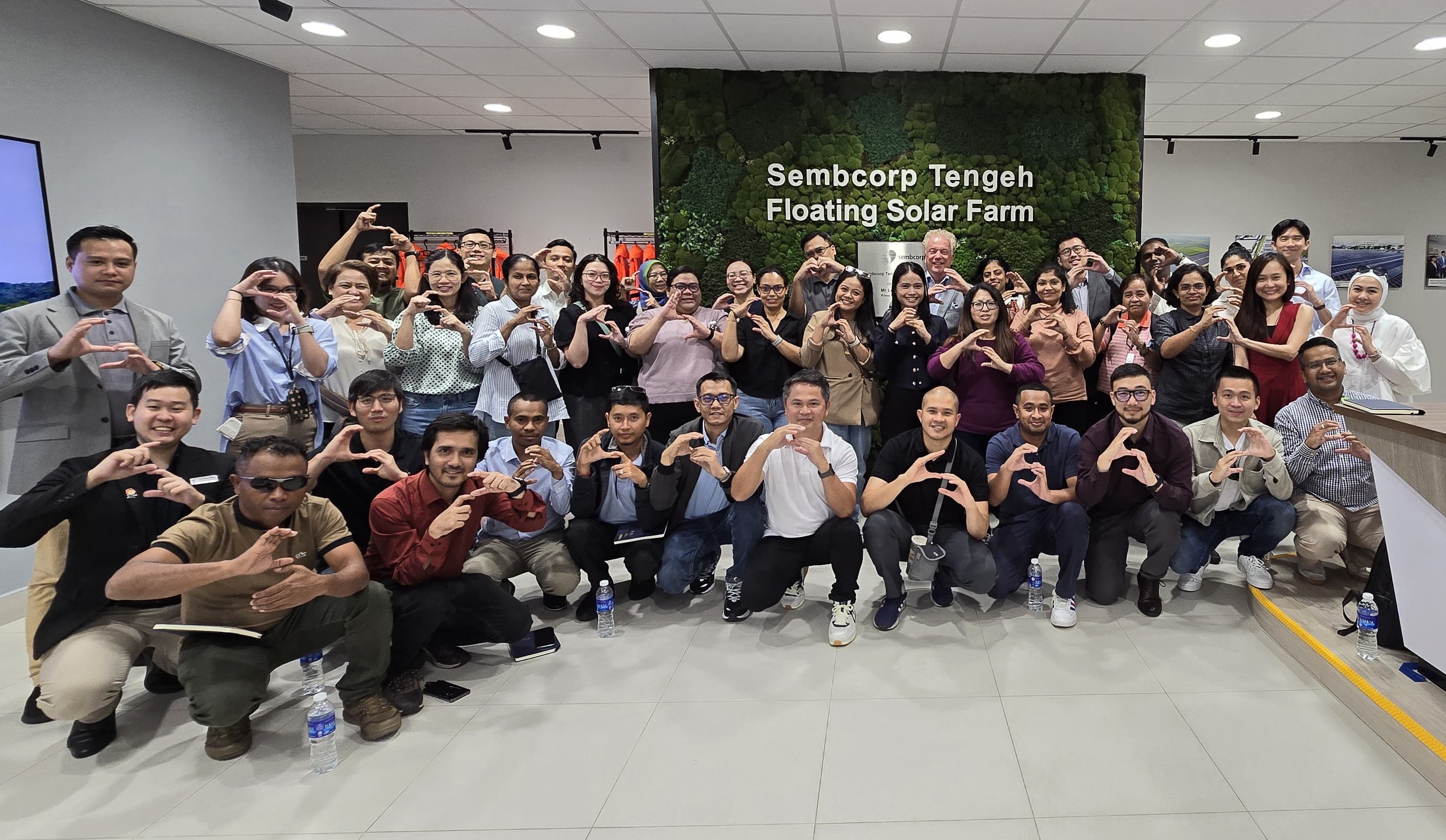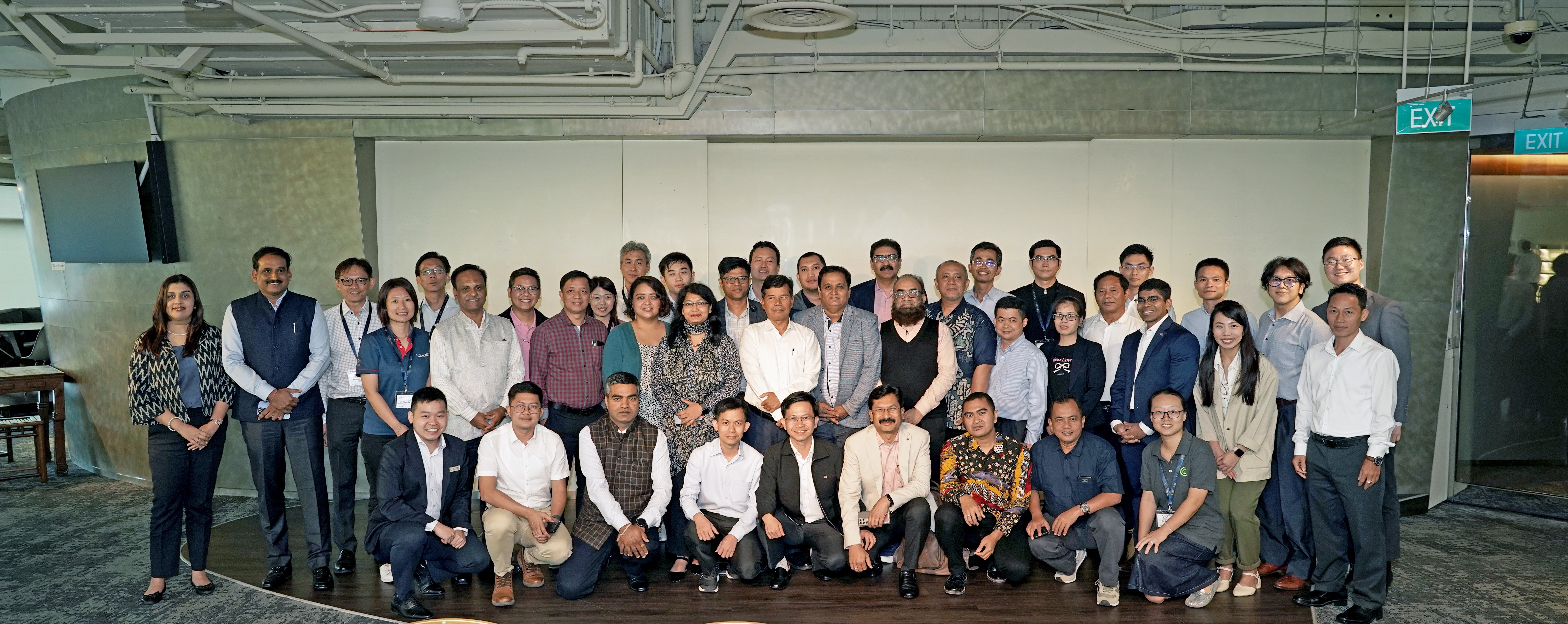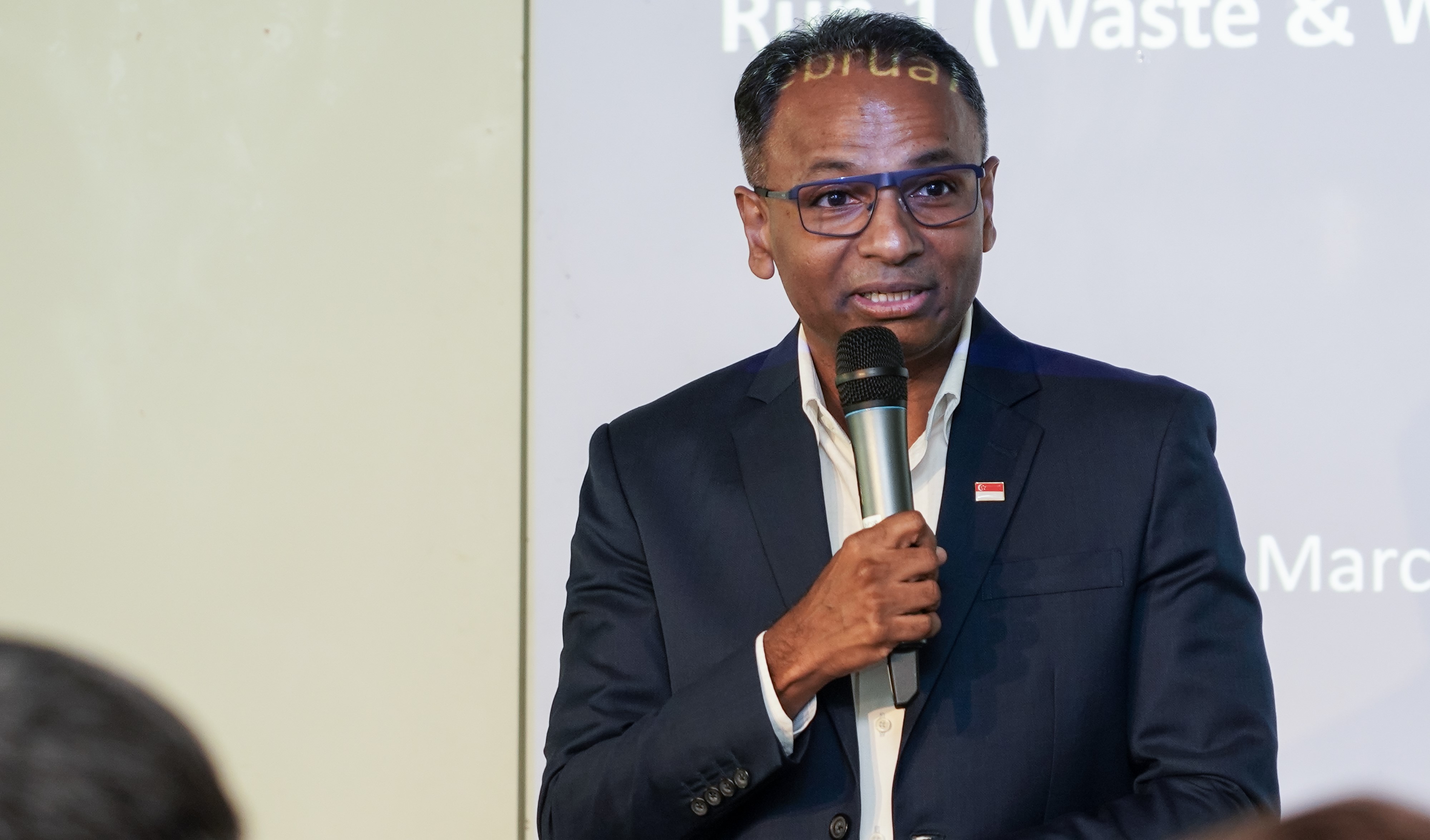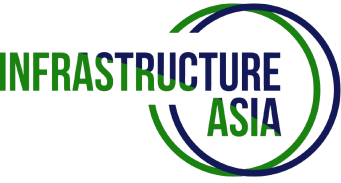Developing Leadership Capabilities in Infrastructure and Built Environment in Asia

The Challenge
Asia’s burgeoning infrastructure needs present a formidable challenge, impacting the region’s economic growth and global competitiveness. The stark lag in infrastructure investment, compared against the backdrop of rapid urbanisation, population growth, and escalating trade, has engendered notable disparities in service quality and accessibility. A scarcity of requisite capacity and resources hampers the region’s urgent need for improved, efficient infrastructure solutions.

The Goals
A paramount objective within this context is to catalyse private sector engagement in infrastructure projects. This entails surmounting the obstacles inherent in public-private partnerships (PPPs), enhancing project bankability, and ensuring their affordability, equitability, and sustainability. The aim is to foster a collaborative ethos between the public and private sectors, effectively allocating project risks and meeting the infrastructure exigencies of a dynamically expanding economy.
The Solution – Growing Infrastructure Course
In a strategic move to address these challenges, Infrastructure Asia and the World Bank Group, in collaboration with SMU, conceived the specialised Growing Infrastructure Course designed to elevate leadership capabilities across Asia’s infrastructure domain.
This comprehensive programme delves into critical issues such as PPP structuring, the implications of climate change, and avant-garde financing techniques, such as transition financing, blended financing, and green financing.
Augmented by immersive field trips and grounded case studies, the course aims to expand participants’ horizons and cultivate a fertile ground for sharing innovative practices and solutions.

The Impact
The synergistic alliance between Infrastructure Asia, the World Bank Group, and SMU has heralded a new era of infrastructure development across Asia. Now in its fourth year, this initiative has stimulated an ecosystem of knowledge exchange and innovation, significantly realising more sustainable, equitable, and efficient infrastructure projects throughout the region.
The initiative’s success eloquently attests to the transformative potential of strategic partnerships in surmounting complex challenges and paving the way for sustained growth and development.
I particularly appreciated the diverse set of lecturers, including academics to lay out the core principles and representatives from both the public and private sectors, giving us an opportunity to hear directly from practitioners working in this sector.

Download Success Story
About the Growing Infrastructure Course
Jointly developed by Infrastructure Asia, World Bank Group and Singapore Management University, the Growing Infrastructure Course is a bespoke programme that builds leadership capabilities within the infrastructure sector across the region to facilitate sustainable transitions and to address the pressing infrastructure challenges facing Asia.
More information about the Growing Infrastructure Course here.

